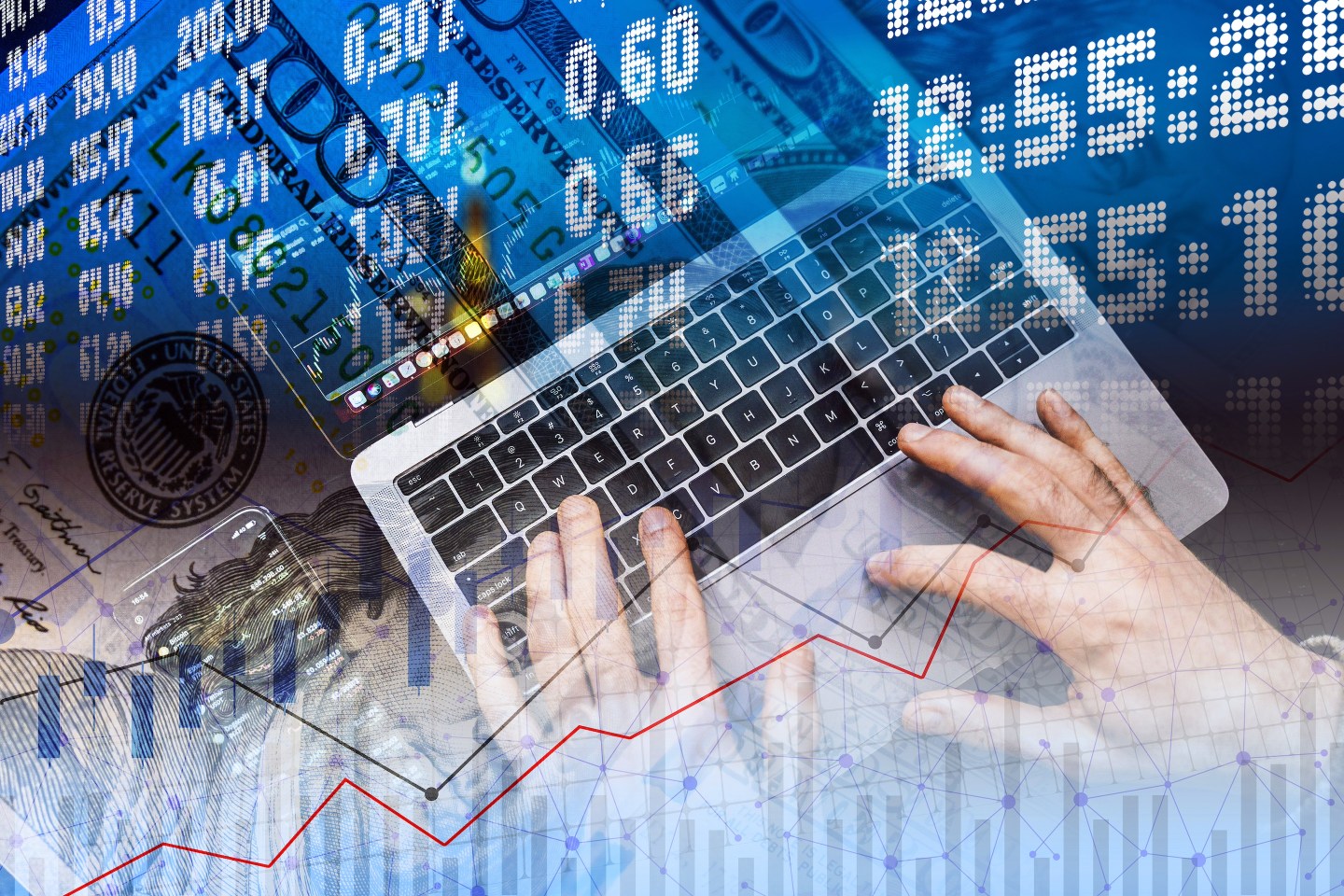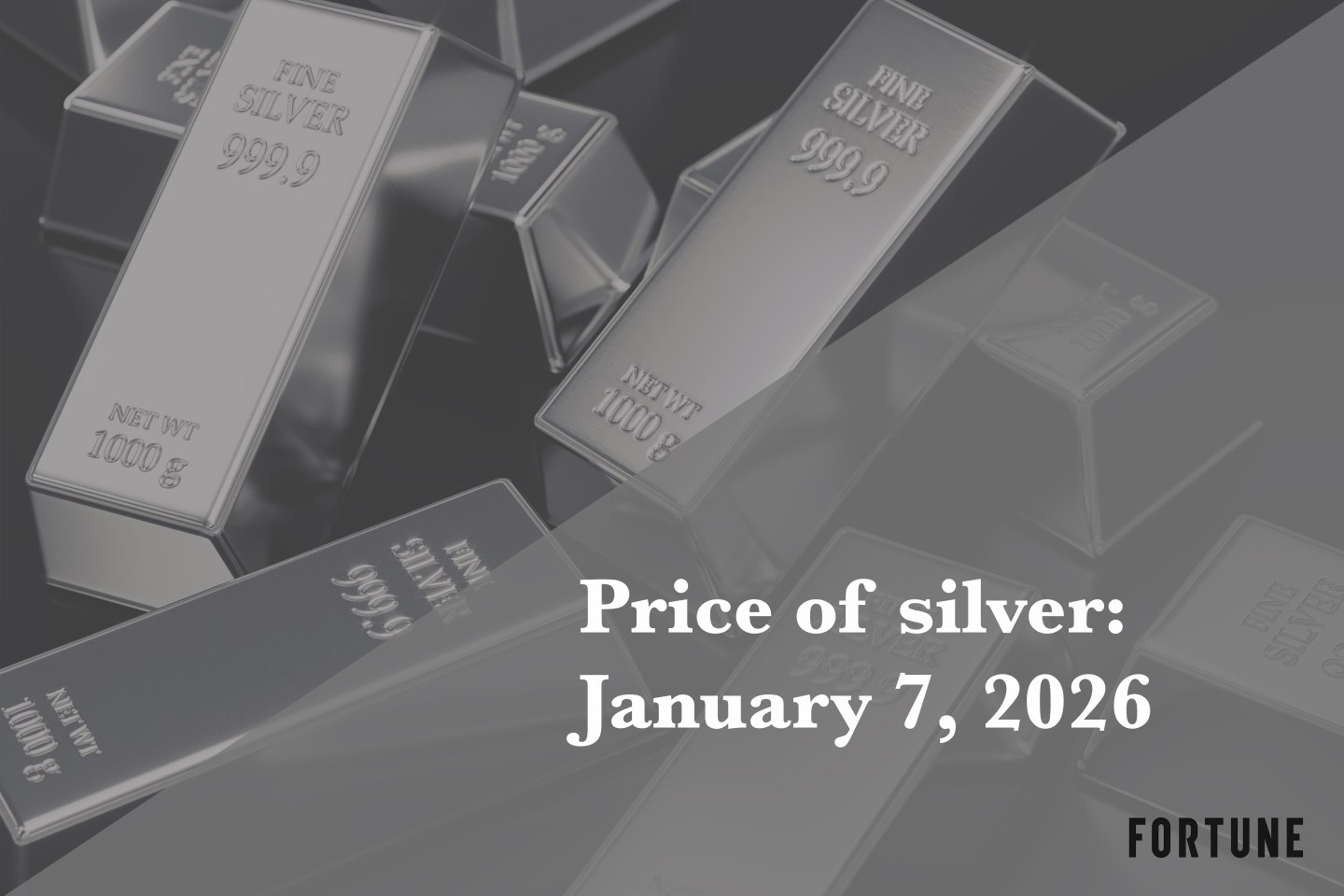Good morning. If you missed it, the U.S. and China on Monday agreed to temporarily suspend most tariffs on each other’s goods.
By Wednesday, U.S. duties on Chinese goods will drop from 145% to 30%—still higher than they’ve been for almost a century. China duties on U.S. goods will drop from 125% to 10%, and some non-tariff restrictions (e.g. mineral exports) will cease.
Don’t let your supply chain chief breathe too easy, though; the agreement is only for 90 days. See you back here in time for that all-important Q4. —Andrew Nusca
Want to send thoughts or suggestions to Fortune Tech? Drop a line here.
White House could send U.S. AI chips to Emirati, Saudi firms

The Trump administration is reportedly considering a deal to send hundreds of thousands of U.S.-designed AI chips to an Emirati firm called G42.
The deal is not yet done, according to a New York Times report—but it’s meant to align with the U.S. president’s imminent tour of the region.
If the firm sounds familiar, that’s because it partnered with Nvidia last year on climate technology and AMD this year on French data centers…though you likely first heard about G42 when Microsoft’s $1.5 billion investment in it drew attention from U.S. legislators concerned about the potential for sensitive U.S. tech to make its way to China.
The Biden administration rejected large chip deals with entities in the Middle East in the name of global AI competitiveness; the Trump administration is taking a different tack.
“Some of the chips would go to a partnership that G42 has with the U.S. firm OpenAI,” the Times notes, “while others would be sent directly to G42.” (OpenAI also counts Emirati firm MGX as an investor.)
Elsewhere, Saudi Arabia on Monday announced a new AI company called Humain that will be chaired by Crown Prince Mohammed bin Salman and help “drive the kingdom’s strategy and investments as it seeks to become a global AI hub,” per the Financial Times.
Similar to G42, the U.S. is expected to grant Humain access to hundreds of thousands of AI chips and support from Silicon Valley’s Nvidia and AMD.
Such an arrangement could turn Humain, which intends to both invest and operate in the category, into one of the most powerful AI companies outside the U.S. —AN
Apple mulls raising prices for fall iPhones
Apple is reportedly considering price increases for its new lineup of iPhones, which are expected to arrive—per usual—this fall.
How much more? We don’t know.
But the Wall Street Journal notes that Apple has no intention of tying the uptick to substantial U.S. import duties on Chinese goods—let Amazon step in that one, thankyouverymuch—even though the vast majority of its iPhones are assembled by contract manufacturer Foxconn in Zhengzhou and other mainland Chinese cities.
PRC-made Apple products were recently subject to U.S. import duties of up to 145%, leading the company to look to its comparably new India operation for relief. Then smartphones and some other electronics were quickly exempted from some of the Trump administration’s steepest tariffs. Monday’s trade deal temporarily eased them across the board.
But anything can still happen. There are as many months between Inauguration Day and now as there are between now and the first day of fall.
Better to tie a bigger purchase price to better features, then. Apple’s upcoming devices are rumored to be thinner, lighter, and more capable thanks to better AI integration (that hopefully has the kinks ironed out).
Besides, there wasn’t much savings to be found in Apple’s supply chain. The Journal reports that the iPhone-maker would “have trouble” making up for the cost of U.S. import duties on Chinese goods “solely by seeking further savings from its suppliers.”
The only way to preserve profits? Raise prices. The current iPhone lineup starts between $800 and $1,200; we’ll see what happens come fall. —AN
Samsung announces the featherweight Galaxy S25 Edge
Slim is in—again.
Samsung took the wraps off its latest smartphone on Monday, the 5.8mm-thick Galaxy S25 Edge, which tips the scales at just 5.8 ounces (163 grams).
By way of comparison, the company’s current flagship device, the S25 Ultra, is 8.2mm thick and weighs 7.7 ounces (218 grams).
The new device uses a titanium frame to manage the feat, a tactic first employed by Apple for its iPhone 15 Pro. Speaking of which: Apple’s next iPhone is rumored to be thinner than its predecessors, so 10 points to the Korean giant for beating its American rival to market.
Elsewhere on the S25 Edge you’ll find a 6.7-inch AMOLED display, an “AI-ready” 200-megapixel camera that promises better low light shots (but note, no telephoto lens), and the same Qualcomm Snapdragon 8 Elite chip that’s in all Galaxy S25 devices.
Most importantly, the phone carries a 3,900 mAh battery, the smallest in the Galaxy S25 range. It’s rated to last all day, but as Axl Rose once sung, nothin’ lasts forever. Still, it can manage a 55% charge in about 30 mins.
The device starts at $1,100. —AN
More tech
—GM’s new product chief. Aurora cofounder Sterling Anderson is an autonomous vehicle veteran.
—Coinbase joins S&P 500. Replaces Discover on May 19.
—Ticketmaster now shows the total price. You can thank Lina Khan’s FTC.
—Perplexity’s new valuation: $14 billion. The AI company is reportedly raising $500 million.
—Legislation to track AI chips. A U.S. bill would require AI chipmakers to implement tracking tech for export compliance.
—Blockchain for securities. SEC Chair Paul Atkins doesn’t want to stifle the tech’s growth in the U.S.
—Stargate Project slowness. Trump’s AI bump meets Trump’s tariff slump as uncertainty imperils financing.













